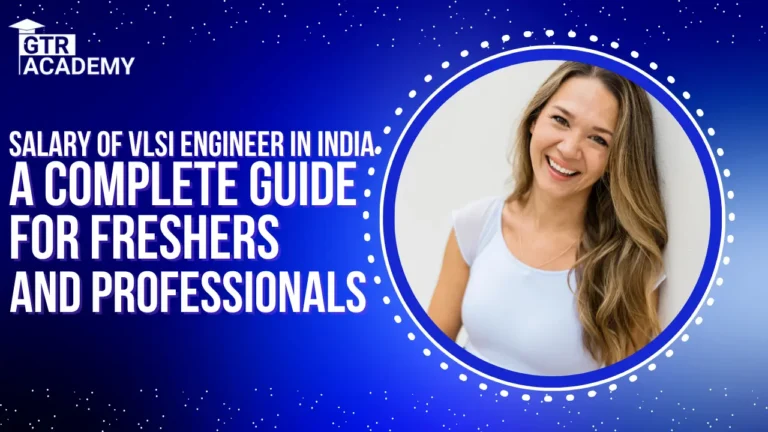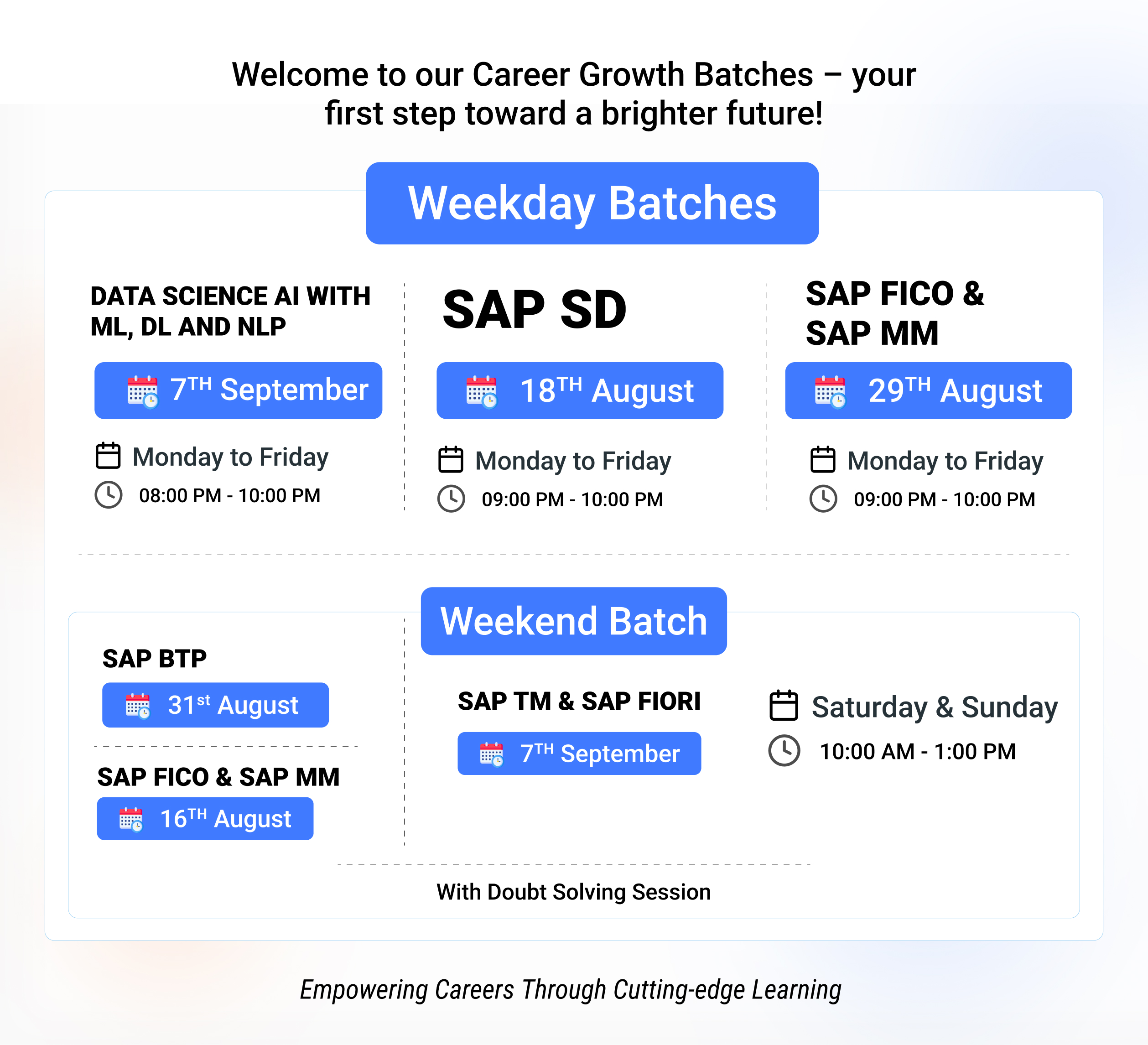Best ASIC Flow in VLSI Engineer Salary Guide 2025 for Freshers
In the evolving panorama of the semiconductor industry, the demand for skilled ASIC Flow in VLSI Design Engineers continues to surge. With India emerging as a global hub for semiconductor design and innovation, career opportunities in Very Large-Scale Integration (VLSI) are rapidly expanding—especially in cities such as Bangalore, Hyderabad, Noida, and Pune.
A commonly asked question among aspiring professionals is:
What is the expected salary for a VLSI Design Engineer in 2025?
This guide breaks it down, covering industry trends, in-demand skills, and growth prospects.

What Does VLSI Mean and Why Is It Crucial in 2025?
Very Large-Scale Integration (VLSI) refers to the process of embedding thousands to millions of transistors onto a single microchip. This enables the creation of highly compact and complex electronic circuits. VLSI is fundamental in designing ASICs (Application-Specific Integrated Circuits), microprocessors, and memory chips.
In 2025, with India’s aggressive push through PLI (Production Linked Incentive) schemes and the Make in India initiative, the VLSI sector has gained substantial momentum. Consequently, VLSI Design Engineers are becoming among the most sought-after professionals.
For those unfamiliar, ASIC in VLSI means designing custom integrated circuits for specific applications such as smartphones, automotive sensors, and AI processors.
VLSI Design Engineer Salary in 2025: For Freshers and Experienced
In 2025, the average VLSI Design Engineer salary for entry-level professionals ranges between ₹4.5 LPA to ₹8 LPA, depending on:
City and cost of living
Skill proficiency
Educational background
Reputation of the training institute
With 3–5 years of experience and specializations in ASIC Verification, RTL Design, or DFT, professionals can earn ₹12–15 LPA.
Key Factors That Influence Salary:
Educational qualifications (e.g., MTech in VLSI/Embedded Systems)
Hands-on knowledge of ASIC Flow in VLSI
Experience with EDA tools like Synopsys, Cadence, Mentor Graphics
Internship/stipend experience in mid-size semiconductor companies
Understanding of DFT (Design for Testability)
As per forecasts, companies like Intel, Qualcomm, Texas Instruments, Samsung Semiconductors, and MediaTek are expected to hire extensively across India in 2025.
Understanding the ASIC Flow in VLSI Design
To understand the role of a VLSI Design Engineer and their salary potential, one must grasp the ASIC design flow—a step-by-step process used in chip design.
Main Stages of ASIC Flow in VLSI:
Specification & Architecture Design
RTL Design (using Verilog/VHDL)
Functional Verification
Synthesis
DFT Insertion
Place and Route (PnR)
Static Timing Analysis (STA)
Tape-out and Fabrication
Freshers who understand the entire ASIC Flow in VLSI, including simulation and physical layout, often secure better salary packages.
Helpful study platforms:
ASIC flow in VLSI W3Schools
ASIC flow in VLSI GeeksforGeeks
ASIC Design Flow PPTs
Importance of DFT in ASIC Flow in VLSI
Design for Testability (DFT) is a key component of the ASIC design flow that ensures post-fabrication testability. Engineers trained in DFT are in high demand due to their ability to verify complex chips efficiently.
Critical DFT Skills:
Scan Chains
ATPG (Automatic Test Pattern Generation)
BIST (Built-In Self-Test)
In 2025, entry-level engineers with DFT expertise are earning ₹6–₹9 LPA in Tier-1 cities. Demand is rising in automotive and defense-grade semiconductors.
Which Skills Boost VLSI Design Engineer Salaries in 2025?
To stand out in this competitive field, professionals should master:
Digital Electronics Fundamentals
Verilog/SystemVerilog
ASIC flow in VLSI diagrams and architecture
DFT methodologies
EDA tools (e.g., Synopsys Design Compiler, PrimeTime)
Low Power Design techniques
Timing Closure and Floorplanning
How GTR Academy Prepares You for a Career in VLSI
If you’re a fresher looking to maximize your career in VLSI design, GTR Academy offers one of the most industry-aligned training programs in India.
What GTR Academy Offers:
Hands-on training in ASIC Flow in VLSI
Advanced DFT and Verification modules
Front-end and back-end VLSI design training
Resume building and mock interview prep
100% placement assistance with top chip design companies
Many freshers have landed jobs with above-average starting packages through their programs.
👉 For course details and enrollment: Visit GTR Academy
Why 2025 Is the Best Time to Become a VLSI Engineer
With India actively investing in semiconductor fabs and design houses, VLSI engineering is one of the top tech domains to enter in 2025.
The growing demand for ASIC-based designs in computing, IoT, AI, and automotive ensures that skilled engineers will enjoy both high demand and competitive salaries.
How to Start Your VLSI Career in 2025
Follow these practical steps to build a strong VLSI career:
Master Digital Logic Design & Electronics
Learn Verilog/SystemVerilog
Study ASIC Flow in VLSI using visual aids and simulation tools
Explore DFT case studies
Use platforms like GeeksforGeeks, W3Schools, and PDF-based tutorials
Enroll in GTR Academy for hands-on, job-ready training
Conclusion
In 2025, VLSI Design Engineer salaries are on the rise, fueled by India’s growing semiconductor footprint. Entry-level professionals who master ASIC Flow, DFT, and Verification Techniques will be well-positioned to command impressive salaries and exciting roles in global tech companies.
With proper guidance, learning resources, and training from institutes like GTR Academy, even fresh graduates can thrive in this rewarding and future-proof career path.







